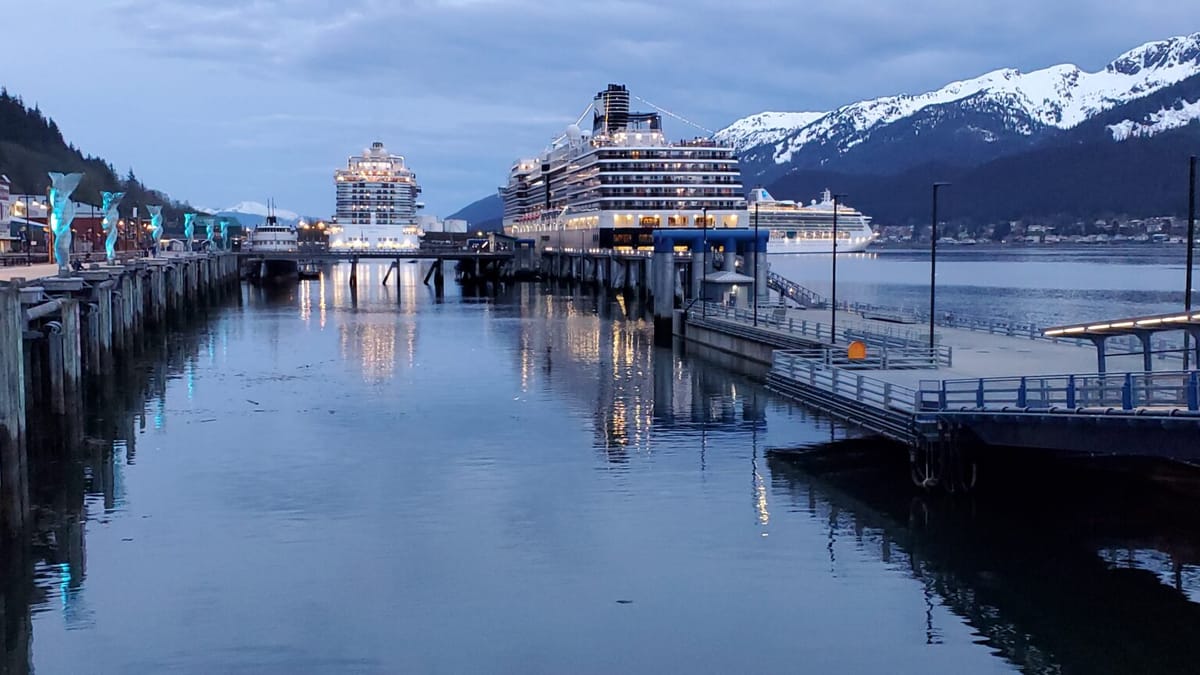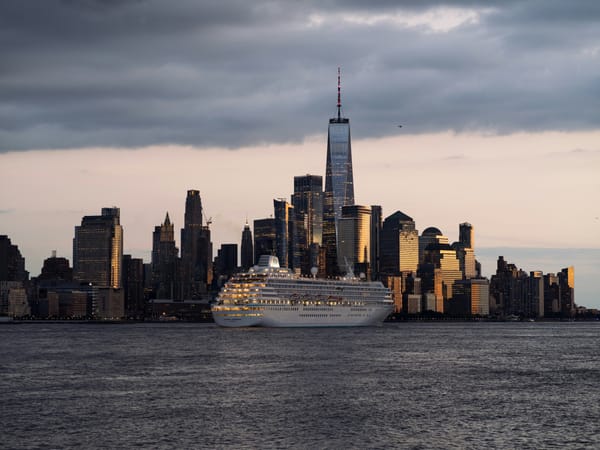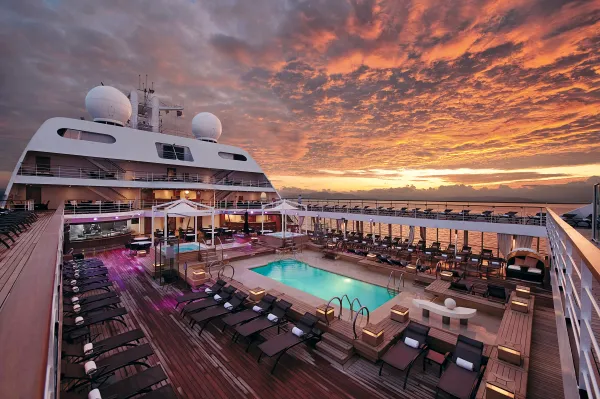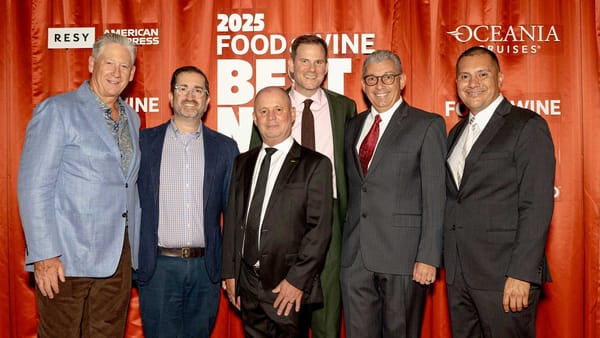Sitka Votes to Reject Cruise Limits
Sitka’s decisive vote reflects broader tensions in Alaska cruise towns, as communities weigh tourism-driven growth against infrastructure and quality-of-life concerns for residents.

Residents of Sitka, Alaska, voted on May 28, 2025, in a special municipal election to decide whether to impose new regulations on cruise ships carrying more than 250 overnight passengers. The proposed ballot measure included caps on daily and annual passengers, mandatory scheduling systems, and seasonal restrictions. Ultimately, 73 percent of voters rejected the initiative, reflecting strong community support for maintaining existing cruise tourism operations and revenues.
Proposed Cruise Ship Limits
The citizen-led proposal, sponsored by local nonprofit Small Town SOUL, sought to preserve Sitka’s small-town character and tackle overcrowding, traffic congestion, and environmental concerns. Key provisions included:
- Seasonal window restricting port calls to May 1 through September 30
- Weekly docking limited to six days, mandating one cruise-free day
- Daily passenger cap at 4,500
- Annual passenger limit of 300,000 per season
- Permitting and enforcement system with visitation-data reporting and fines for violations
If approved, these rules would have taken effect for the 2026 cruise season. Proponents argued that rapidly growing ship sizes and passenger volumes, often exceeding 8,000 daily, were straining infrastructure and altering the community’s character.
Stakeholder Perspectives
Small Town SOUL President Klaudia Leccese emphasized that growth in cruise arrivals has increasingly burdened public services and threatened the quality of life for residents. “Our infrastructure is limited, and we need solutions that protect both the town and visitors,” she told local media outlets.
Spearheading the opposition was Safeguard Sitkas Future, led by Sitka Sound Cruise Terminal owner Chris McGraw. He warned that passenger caps and mandatory off days could hinder Sitka’s tourism-dependent economy. “This vote shows that the community values the economic benefits of cruise tourism,” McGraw stated in interviews following the election.
Industry representatives, including the Cruise Lines International Association (CLIA), voiced concerns over potential job losses and reduced business opportunities. “Cruise tourism sustains thousands of Alaska jobs and contributes over $1 billion in annual economic impact,” said a statement from CLIA. “We look forward to working with Sitka officials to ensure responsible growth and community benefit.”
Voting Process and Outcome
Early in-person voting at Harrigan Centennial Hall ran from May 13 to May 27, with polls open on May 28 from 7 a.m. to 8 p.m. Nearly 3,000 voters participated, marking one of the highest municipal turnouts since 2018. Unofficial results showed that 73 percent voted against the proposal, while 27 percent backed it. The rejection means no new regulatory caps will be implemented for the 2026 season.
Sitka’s economy has relied heavily on visitor spending in recent years. In 2024, the community saw a record of over 600,000 cruise arrivals, significantly boosting local businesses, tax revenues, and jobs. Despite voting down the measure, many residents remain concerned about congestion and environmental impacts, signaling an ongoing desire to balance tourism benefits with community interests.
Regional Context and Next Steps
Common challenges in Sitka mirror trends across Alaska, especially in popular port destinations such as Juneau and Ketchikan. Juneau has negotiated daily ship-visit caps and is discussing further annual passenger limits to manage overcrowding. In other global hotspots, like Venice and Amsterdam, regulations have targeted cruise lines to mitigate environmental pressures.
Sitka’s City and Borough officials are now reviewing the Tourism Task Force recommendations issued in 2024, which focus on non-regulatory strategies. Port authorities plan to coordinate more closely with cruise operators to reduce crowding through staggered arrivals, additional shuttle services, and voluntary passenger dispersal agreements. While the proposal’s defeat confirms local support for the economic advantages of cruise tourism, local leaders indicate that dialogue around sustainable visitor management will continue.
Frequently Asked Questions (FAQs)
Why did Sitka residents consider limiting cruise ship visits?
Supporters of the ballot measure believed that rapid increases in passenger volumes were leading to overcrowding, traffic congestion, and adverse environmental effects. They wanted to protect Sitka’s small-town charm and local resources while still welcoming visitors.
What specific restrictions were proposed under the ballot measure?
The initiative would have limited port calls to a May 1–September 30 season, required one cruise-free day per week, capped daily visitors at 4,500, imposed a 300,000-per-season maximum, and introduced a mandatory permitting and reporting system with fines for regulatory violations.
How does Sitka’s approach compare to other Alaskan port cities?
Communities like Juneau and Ketchikan have similarly debated visitor caps to address overtourism. Juneau has already implemented daily ship limits, while Ketchikan has explored scheduling agreements with cruise lines. Sitka’s proposed restrictions were among the most stringent considered in recent years, sparking vigorous local debate.
How do the election results affect the 2026 cruise season?
Because voters rejected the measure, there will be no new regulatory caps or restrictions taking effect. Cruise lines and local businesses can continue operating under existing conditions, though city officials are pursuing voluntary agreements to address congestion and improve visitor management.
Is Sitka planning alternative tourism management strategies?
Yes. Officials are exploring non-regulatory measures outlined by the Tourism Task Force. These may include improved scheduling coordination, enhanced transportation options, and infrastructure investments to alleviate traffic and congestion without imposing strict passenger limits.
Sitka’s electorate has reaffirmed the community’s support for cruise tourism while prompting local government and industry stakeholders to seek balanced solutions that address quality-of-life concerns. As Alaska anticipates up to 1.9 million cruise visitors in Southeast communities by 2025, the discussions in Sitka may serve as a model for finding middle ground between economic interests and resident well-being.




